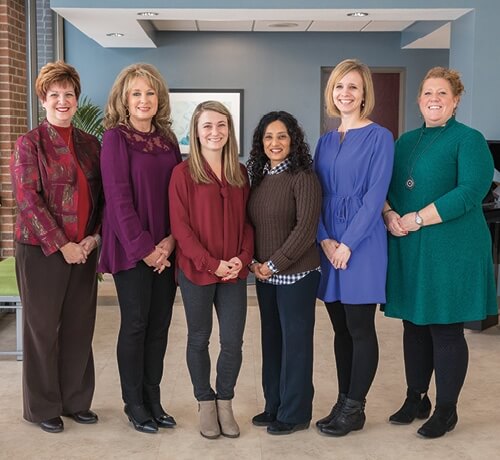
When it comes to going fast, Kyle Barnes is a whiz.
The former collegiate runner and avid marathoner is studying running economy in a multi-part study in Grand Valley’s Movement Science Department.
Barnes, assistant professor of exercise science, said early results from his research into how to make elite and even recreational runners faster suggests that wearing advanced shoes can, quite literally, speed people up and improve how efficient they are when they run.
The focus of Barnes’ research is running economy, a complex measurement of biomechanical, physiological and neuromuscular factors, but is expressed as a measurement of how much oxygen a runner consumes at a given speed. Many shoe companies, specifically Nike and Adidas, have developed shoes intended to improve how efficient a runner can be, which means better performance.
Barnes has tested groups of Grand Valley track athletes in newly developed Nike shoes called the Vapor Fly 4%, a nod to the suggestion that the shoes are 4 percent more efficient than a competing shoe from Adidas. Both companies are developing shoes intended to help the best marathoners in the world break the two-hour marathon barrier, a feat not yet accomplished.
While the research Barnes is doing isn’t yet complete, evidence from testing student athletes is overwhelming; the shoes do, in fact, make a significant difference in the efficiency and performance of the athletes.
“When these students put on these shoes, we’re seeing them make huge jumps in performance,” Barnes said.
While a 4 percent increase in efficiency claimed by Nike is hard to quantify, Barnes said numbers at the track don’t lie.
“Just like that — 12 seconds, based on a pair of shoes. ... Suddenly these kids are just running out of their minds.”
Kyle Barnes, assistant professor of exercise science
“They make a huge difference. The runners here in all respects are elite runners, some of the best male and female runners in Division II, and they just put on a pair of the shoes and are better by a couple of percentage points,” Barnes said. “We’re talking about a woman going from 17 minutes for a 5K to running 16:48.
“Just like that — 12 seconds, based on a pair of shoes. It’s impossible to know if that’s the only reason, but they put them on and suddenly these kids are just running out of their minds.”
Barnes said the first time the team used the shoes, a lot of the student athletes were trying to qualify for national championship meets, and several ran their personal bests.
“They wore the shoes in the championships and they had a phenomenal meet overall,” Barnes said. “People started really turning their heads and looking at our team and saying, ‘What are they doing over there?’”
The shoes are different from the ground up. The Nike shoes Barnes is studying have a carbon-fiber plate in the sole that works as a lever, forcing the athlete to roll forward onto their toes to push forward, but Barnes wonders if governing bodies of running organizations will step in to restrict the shoes on technical grounds.
“One thing I have to question is how fair and legal they are,” Barnes said. “I don’t think these shoes are out-of-bounds, but there’s been some push back.”
Barnes said a British runner recently set a record in a prototype shoe, and questions were raised about specialty shoes in competition, though Barnes said elite runners almost never run in competition in a shoe that’s totally off-the-shelf.
Anecdotally, Barnes said the technological shoe advancements are a similar situation to when swimmers at the 2008 Beijing Olympics adopted full-body swimsuits to cut drag in the water, shattering hundreds of world records before governing officials of the sport made new rules restricting sizes and shapes of suits allowed for competition.
Overall, Barnes is trying to learn what small changes can be made in the shoes to impact running efficiency, including shoe construction and factors like weight and traction. He’s also collaborating with Grand Valley engineering faculty and students to learn more about the foam used in the shoes and how levels of padding and density impact physical recovery.
Barnes said he hopes to have his study ready for publication later in 2019, before the new models of the shoes come out, and said his research wouldn’t have been possible without significant university support and the students working in his lab.
“My student researchers are learning great skills and they are a valuable asset to me in discovering things in the lab,” Barnes said. “It also gives them a great opportunity to get experience in research and giving presentations to their peers and professionals in the field.”






